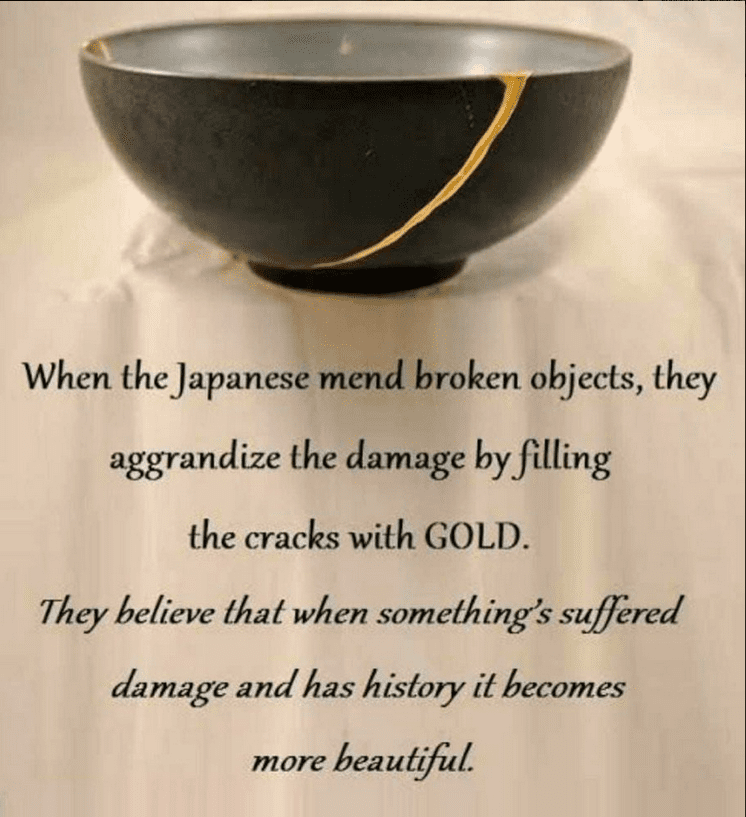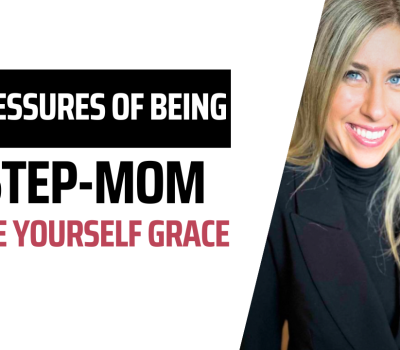As we wade through life’s muddled waters, especially as young adults, we tend deep down to be hopeful that we will eventually manage to settle down well and find perfection in a number of areas.
We dream of one day securing healthy relationships, deeply fulfilling work, happy family life and the respect of others.
But life as it is, has a habit of springing surprises, and rushing us in its overwhelming tide. It sometimes deals us a range of blows, leaving our dreams shattered. And like a favourite cup or plate, we sometimes crack. We may even break.
Obviously, you must not throw yourself away when this happens.
Instead, you can relish the blemishes and learn to turn these scars into art – like ‘kintsugi,’ an ancient Japanese practice that beautifies broken pottery.
In Zen aesthetics, the broken pieces of a ceramic pot should be carefully picked up, reassembled and then glued together with lacquer inflected with gold powder. The Japanese believe the golden cracks make the pieces even more valuable. It embraces the breakage as part of the object’s history, instead of something unacceptable to be hidden or thrown away.
It is beautiful to think of Kintsugi as a metaphor for your life, to see the broken, difficult or painful parts of you as radiating light, gold and beauty. It teaches that your broken places make you stronger and better than ever before.
The times when you get hurt and broken, you can feel totally rotten. But there can also be a strange beauty in the way you process the cracks in your life and the lessons you take from them afterward. You can decide to cover up, or you can decide to walk out into the world as yourself, with your cracks shining in gold.







